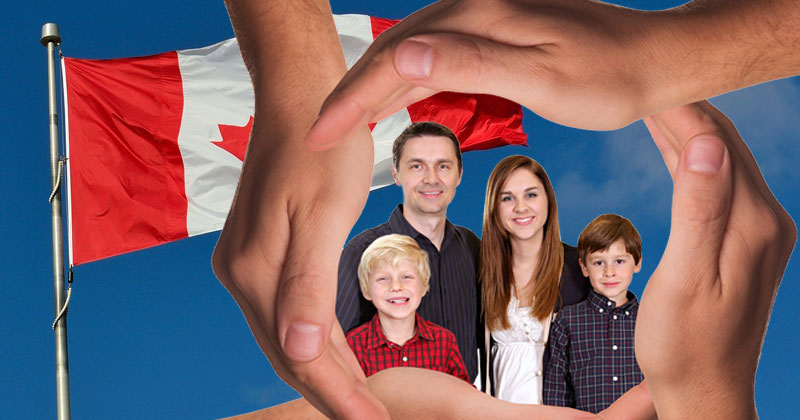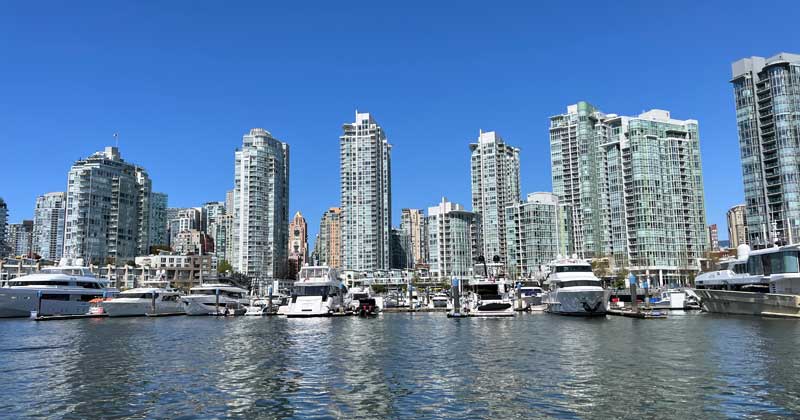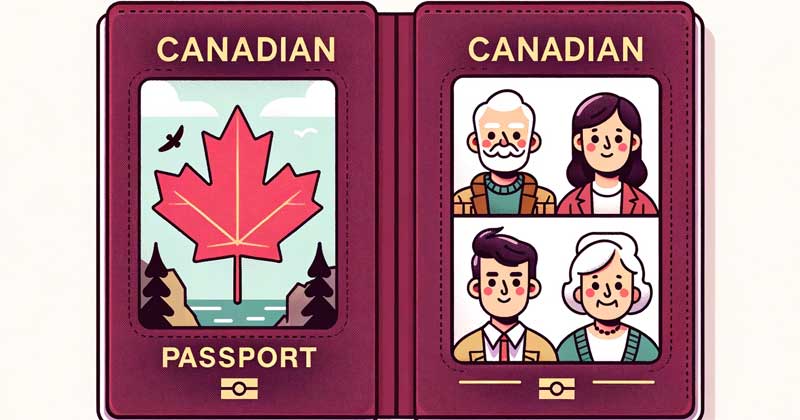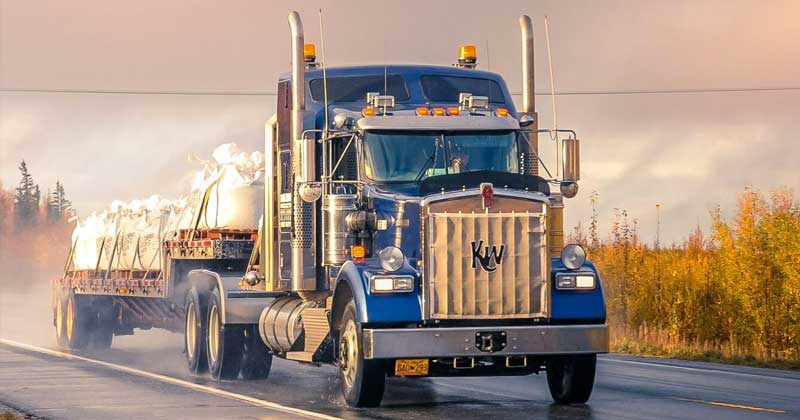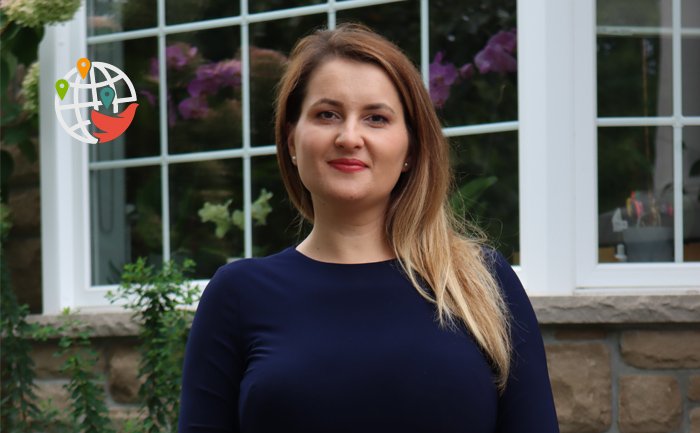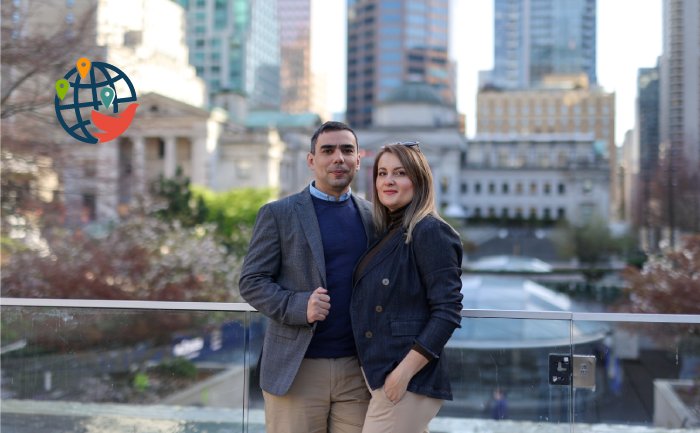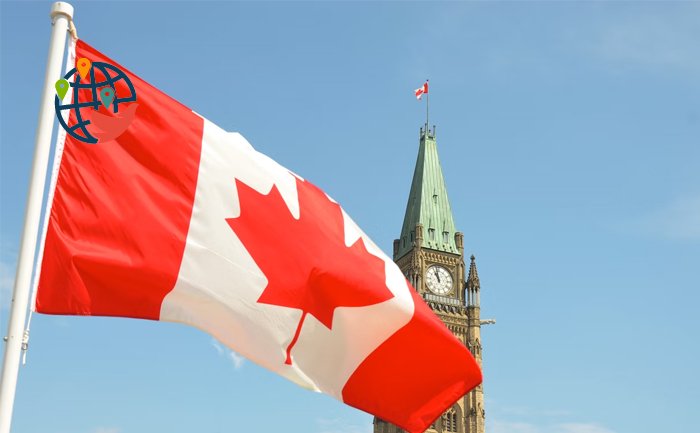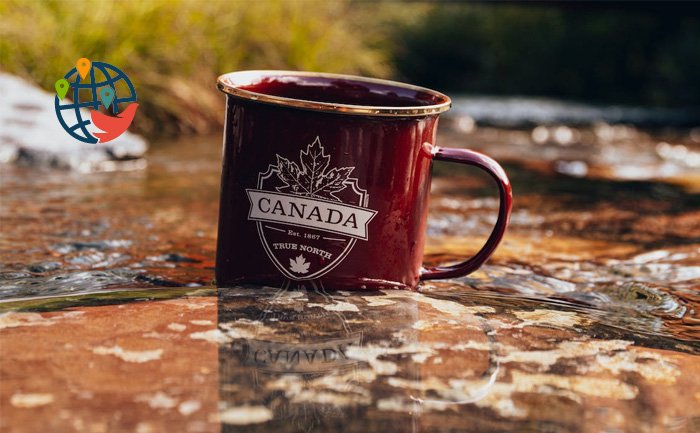405,000 immigrants: who moved to Canada in 2021

Telling you what candidates got permanent residency, who had more chances to be invited and what provinces newcomers settled in, and dispelling the belief that Canada only needs refugees.
To be precise, 405,303 people moved to Canada. Can you imagine such a number? That's 1% of the country's total population and almost half the population of Canada's capital, Ottawa. By comparison, in 2020, when the pandemic started, only 184,000 people got permanent residency, and before that, at normal immigration rates, 341,000 people.
So how was this goal achieved in 2021? The fact is that the Immigration, Refugees and Citizenship Canada (IRCC) focused on people who were already in Canada for work or study. That’s why the actual population growth in Canada was very low, as the people who were getting permanent residency were already in the country. But don't be quick to think that if you're not in Canada now, you can't immigrate. 30% of immigrants, that's about 121,600 people, came to the country from abroad. I'll come back to them.
Most immigrants came to Canada in the second half of the year, when the country was running out of time to meet its immigration plan and was issuing about 40,000 permanent residence permits a month.
Immigration with Canadian work experience
The largest category of immigrants in 2021 are those who came through economic immigration programs. That is, they met the requirements of one of more than 100 programs, applied, and were invited. Economic immigrants made the half the total number of newcomers, 252,975. By the way, that was 20,000 more than Canada had planned. The immigration plan allocated 58% of the places to economic immigration, but in fact it turned out to be 62%. I will tell you more about this category.
Canada had the largest draws under the Canadian Experience Class program, up to 27,332 candidates in one drawing. So that's the program that got the most permanent residency — 130,555 people, almost a third of the total number. Don’t be confused, these people are among the 252,975 economic immigrants. They were already in Canada on a work visa, and just changed from temporary foreign worker status to resident status.
However, the draws under the Canadian Experience Class were paused in the fall, although the IRCC promises to resume them this year. Also in May, 6 new streams for foreign workers and students were launched. Canada invited 90,000 people, but actually issued 23,885 permanent residence permits, which means that most of the applications haven’t got their applications processed and will likely receive visas this year.
Immigration through provincial programs
In addition to candidates with Canadian work experience, Canada invited many applicants in provincial immigration programs. There are several draws every week, with different provinces inviting for people through dozens of programs. Among them are both programs for candidates who are working in Canada and for those who are still in their home country.
The main advantage of provincial programs is that they usually have lower requirements for applicants, you don’t have to be young, have perfect English, or a bachelor’s degree. But the provinces often want you to have an in-demand profession. Each region of Canada has different needs for different specialists. Some need cooks, some need truck drivers, and some need computer programmers. Last year 53,960 people moved through provincial programs.
Recently, provincial programs have been a common immigration option because, first of all, provinces hold draws regularly, and second, new streams for different candidates are appearing all the time. The only thing is that you need to constantly monitor these programs, because sometimes they are closed and changed, you shouldn’t delay with them.
Immigration under the Federal Skilled Worker program
Only 8,320 people came to Canada under the Federal Skilled Worker program. There have been no draws since 2020, but the IRCC also promises to resume them soon. Don't be surprised that there are no draws and people are coming. They had been invited before the selections were paused.
The situation with this program is complicated now, there is a queue of applications from people who were invited a long time ago. Even if draws are resumed in the coming months, the processing time for this program is expected to stretch over 3 years. This is information from a recent interview with the immigration minister in which he talked about Canada's priorities and immigration in the near future.
Family reunification
The other large category of immigrants in 2021 are those who moved under family reunification programs. Canadian citizens and residents can sponsor their relatives to move if they take on the responsibility to fully support them.
Spouses and common-law partners of Canadians received the most permanent residence permits through sponsorship — 64,120 people. This is another way how you can get a permanent residency if you don't have a job offer or if you don't qualify for other programs.
16,870 people moved through other family reunification programs, most likely parents and grandparents of Canadian residents. Under this program, the IRCC issued 30,000 invitations, apparently not everyone had time to fly into the country. A total of 80,990 people received permanent residency through family immigration. This is less than planned, Canada aimed to issue 103,500 permanent residence permits.
Refugee
Moving on to refugees. At our immigration company we get a lot of letters saying that now a huge number of refugees will move to Canada because of the war in Ukraine and it will be impossible to immigrate from some other country.
The immigration plans clearly state how many places are set aside for refugees. The plan for 2021 set 65,000 people, but Canada accepted 60,115, which is even less than was declared. And there were a lot of people from Syria, Afghanistan and other countries.
If you are a skilled professional and not in danger of war, you may think it is unfair that there is such a large quota for refugees, but it is only 15% of the total number of immigrants. According to the 2022 immigration plan, Canada is to welcome more refugees, 76,545, but the immigration plans are higher overall: while the 2021 target was 401,000 people, the 2022 target is 431,645. So, if you’re worried that refugees will get permanent residency and take someone else's place, that's not true.
Other immigration options
There are 11,223 immigrants left, and the IRCC didn’t put them in any category, they are all other newcomers. They may be immigrants who were accepted on compassionate grounds or for some other exceptional reasons.
Provinces for immigration
I'll tell you more about the provinces where immigrants settled in 2021 settled, there are interesting trends, too.
Nunavut had the least number of immigrants, only 40. This is not surprising. Nunavut has no territorial immigration programs, like the other regions. The other two territories, Yukon and Northwest Territories, had 595 and 295 people.
The other provinces immigrated a few thousand people each, from 2,000 to 16,500, except for four provinces that went far ahead. These are Alberta, where 39,950 people settled, Quebec — 50,170 people, British Columbia — 69,270.
And the first one is the province of Ontario, which surpassed all regions combined and welcomed almost half of all immigrants for the year. 198,085 people moved there. It is the most popular province to live in, not only for immigrants, but for Canadians too. Just want to warn you that living in this region is expensive. I recently found out that the average price of houses in Ottawa, where I live, has reached $850,000 CAD.
I want to highlight two other regions that don’t have such high prices and which also invite many immigrants, although less than Ontario. They are Saskatchewan, with 10,935 people settled, and Nova Scotia, with 9,020 people.
Nova Scotia is one of the cheapest provinces to live in, and it participates in the Atlantic Immigration Program, which has greatly lowered eligibility requirements. This program also has simplified employment rules to Canadian employers, companies do not have to issue an LMIA and pay a fee to the government.
Saskatchewan has been actively inviting immigrants and launching new immigration streams lately. This March the Tech Talent Pathway was launched, and last December it was the Hard-to-Fill Skills Pilot that is very promising and can even become a competitor to the Atlantic program.
If you need help with immigration to Canada, book a consultation with our company. We are choosing the path to permanent residency, applying for immigration programs and processing all documents.
Alex Pavlenko, founder of Immigrant.Today

